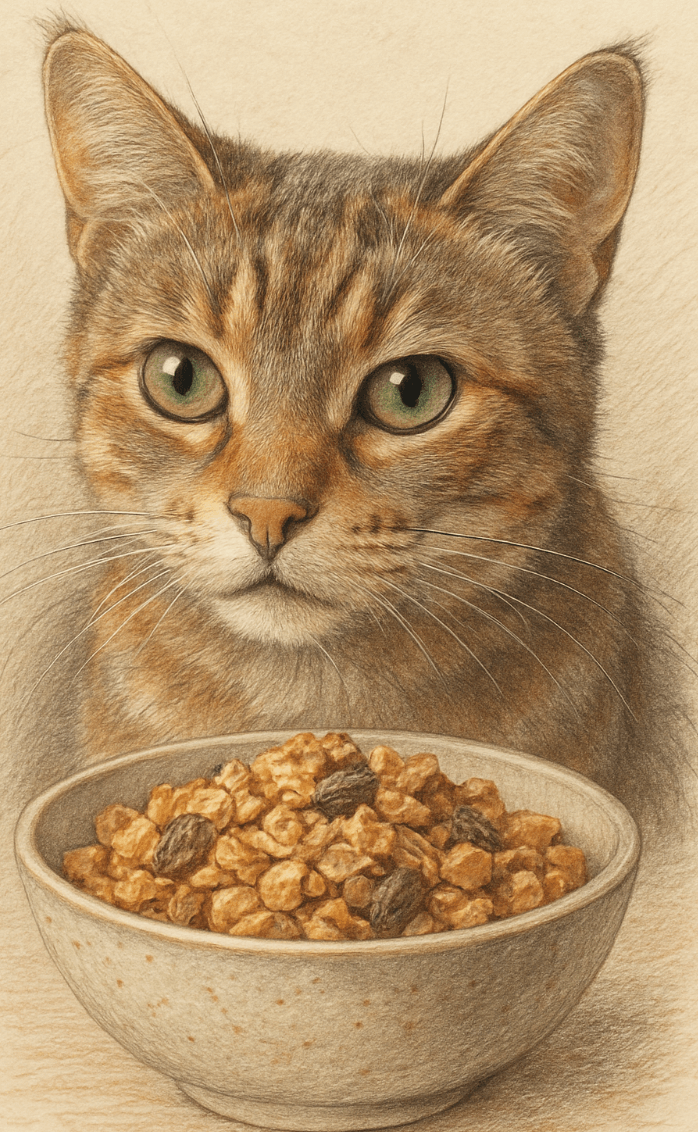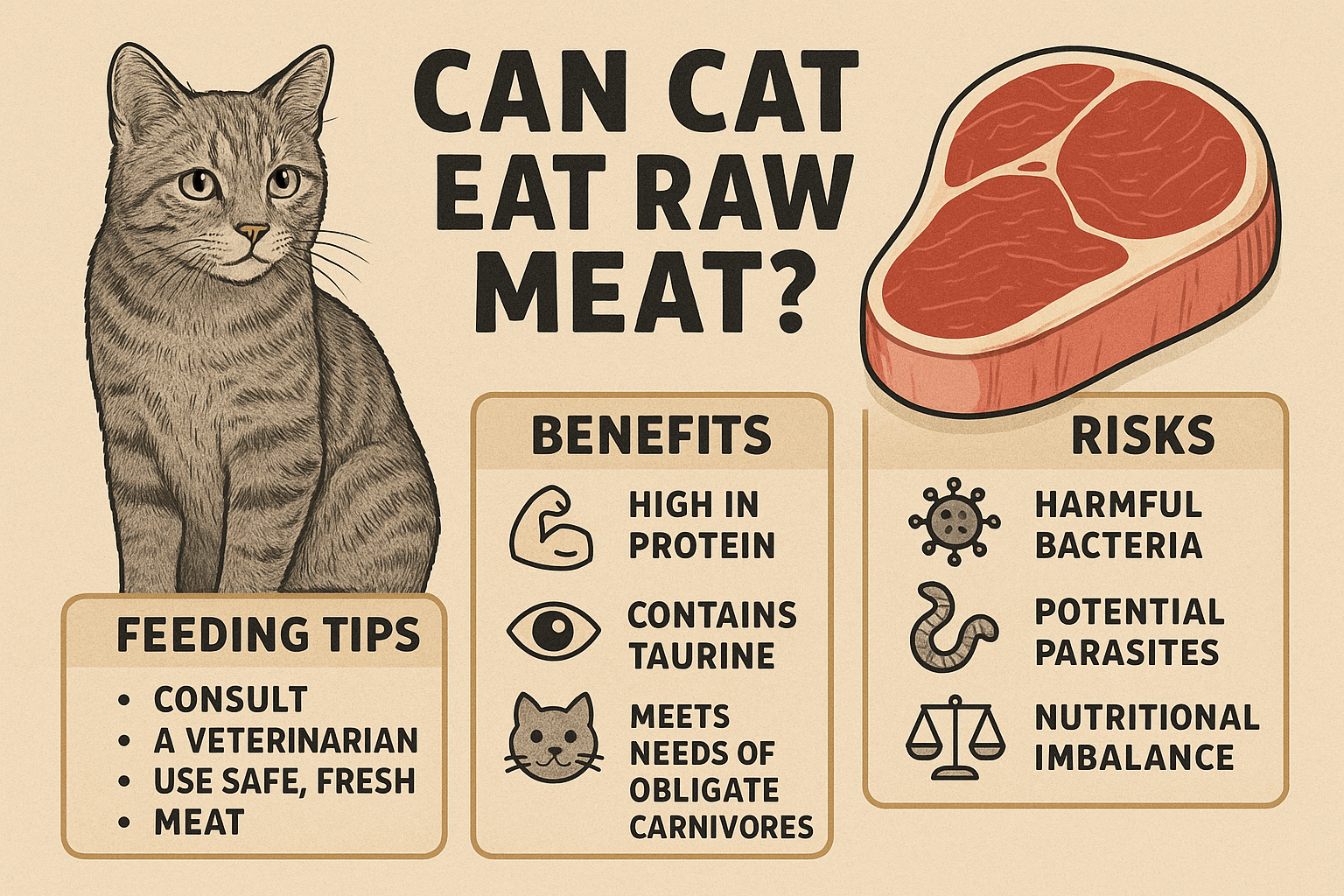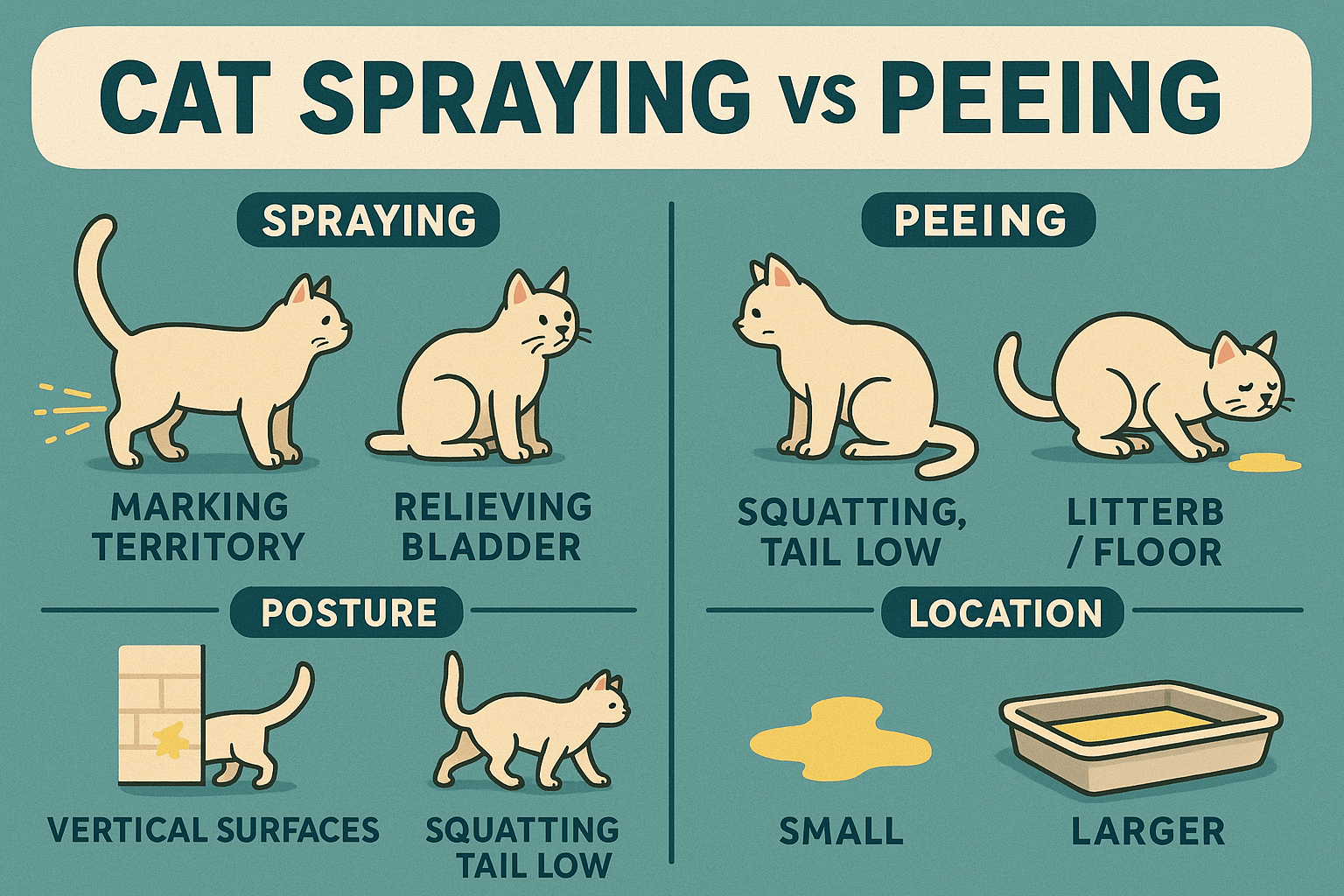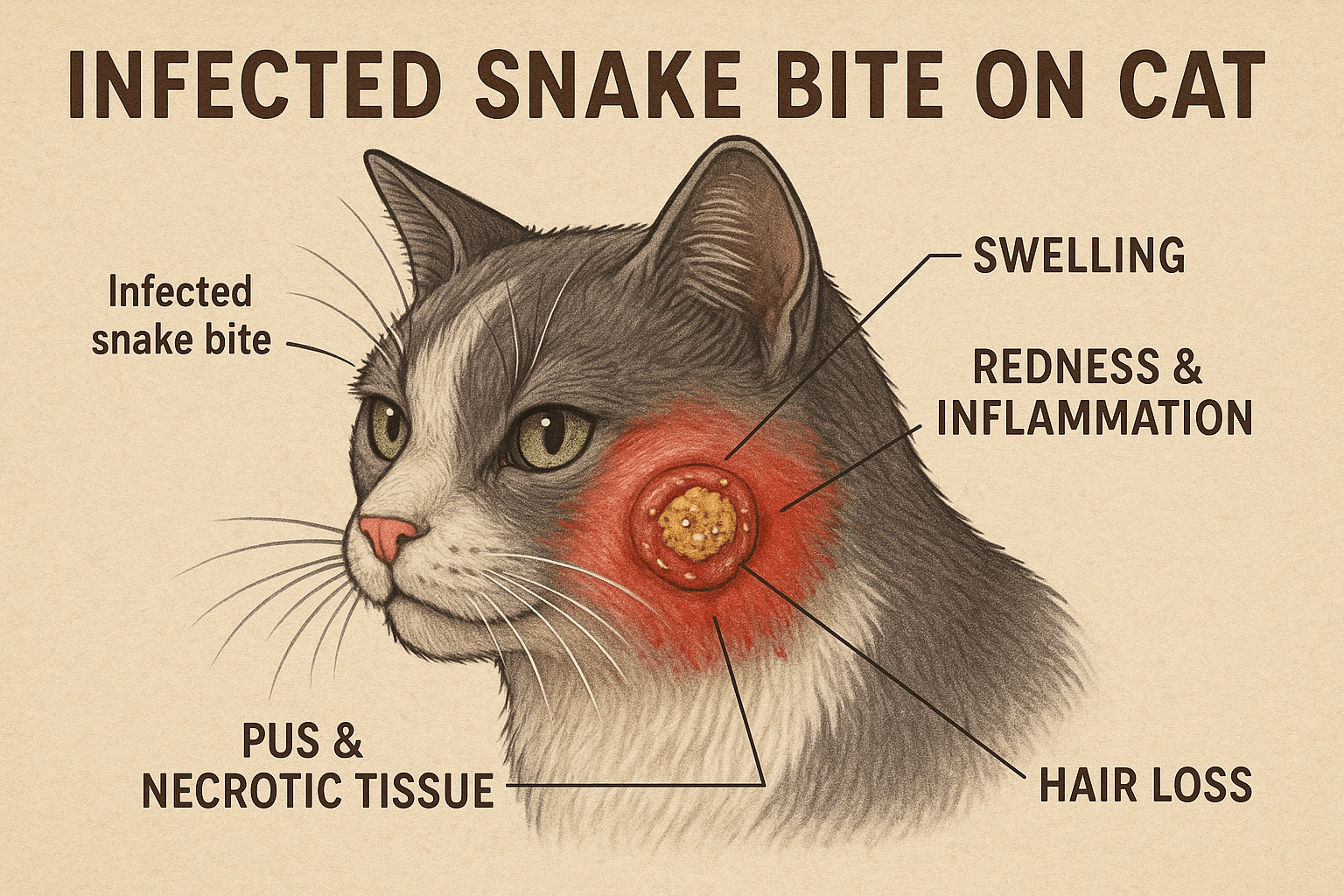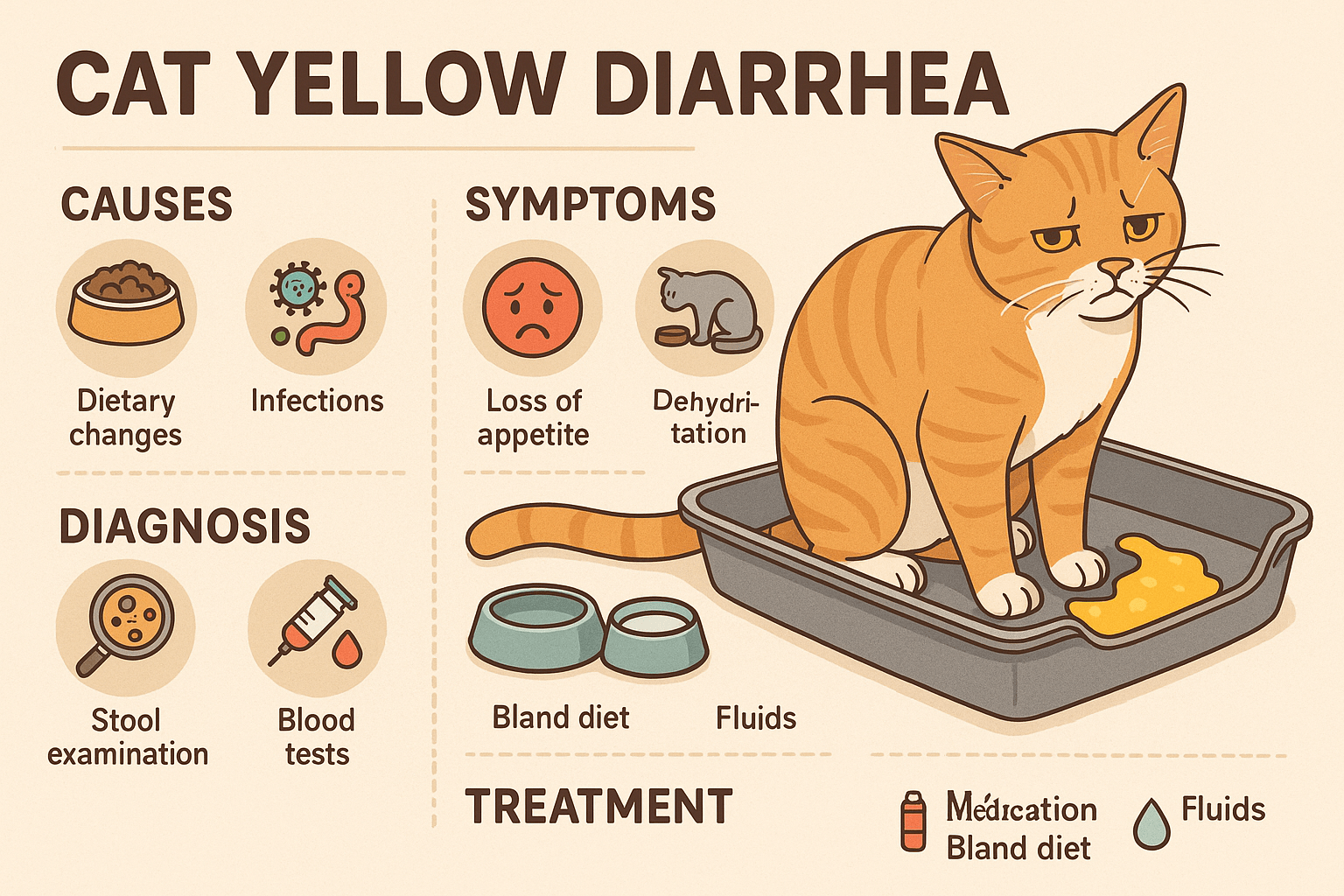Can Cats Eat Granola? What You Need to Know
As cat owners, we often wonder whether certain human foods are safe for our feline friends. Granola, a popular breakfast or snack food for humans, might seem like a harmless treat to share with your cat. After all, it’s made from oats and other natural ingredients, right? However, when it comes to cats, not everything that’s healthy for us is suitable for them. Cats are obligate carnivores, meaning their dietary needs are vastly different from ours. In this blog post, we’ll explore whether granola is safe for cats, the potential risks involved, and what alternatives you can offer instead. By understanding the facts, you can ensure your furry companion stays happy and healthy while avoiding unnecessary risks.
Potential Risks of Feeding Granola to Cats
While granola may seem harmless at first glance, it poses several risks to cats due to its ingredients and nutritional profile. Here’s why you should think twice before sharing this snack with your pet.
High Sugar Content:
Most granola contains added sugars, which can lead to obesity, diabetes, and dental issues in cats over time.Toxic Ingredients Like Nuts or Chocolate:
Many granola recipes include nuts (e.g., almonds, walnuts) or chocolate, both of which are toxic to cats and can cause serious health problems.Digestive Upset from Fiber:
The high fiber content in oats and other grains can upset a cat’s sensitive digestive system, leading to vomiting or diarrhea.Lack of Nutritional Value for Cats:
Granola doesn’t provide the protein, taurine, or essential nutrients that cats need to thrive, making it an empty-calorie snack.Artificial Additives and Preservatives:
Some granolas contain artificial flavors, colors, or preservatives that can be harmful to your cat’s health.
These risks highlight why granola is not an ideal food choice for cats and should generally be avoided.
Signs Your Cat May Have Eaten Granola
If your cat accidentally consumes granola, it’s important to monitor them closely for any adverse reactions. Here are some signs that they may have ingested something harmful.
Vomiting or Diarrhea:
These symptoms often indicate digestive distress caused by unfamiliar or inappropriate foods like granola.Lethargy or Weakness:
If your cat seems unusually tired or unresponsive, it could signal a reaction to toxic ingredients such as chocolate or nuts.Excessive Drooling:
Drooling may occur if your cat has ingested something that irritates their mouth or stomach lining.Pawing at the Mouth:
This behavior suggests discomfort or irritation, possibly from sharp pieces of granola or toxic substances.Loss of Appetite:
Refusal to eat is a red flag that your cat may be experiencing nausea or pain after consuming granola.
Recognizing these signs early allows you to seek veterinary care promptly and prevent further complications.
Check this guide 👉Can Cats Eat Ube? Best 7 Expert Tips!
Check this guide 👉Can Cats Eat Matcha? Best 7 Expert Tips!
Check this guide 👉Can Cats Eat Tamales? Best 7 Expert Tips!
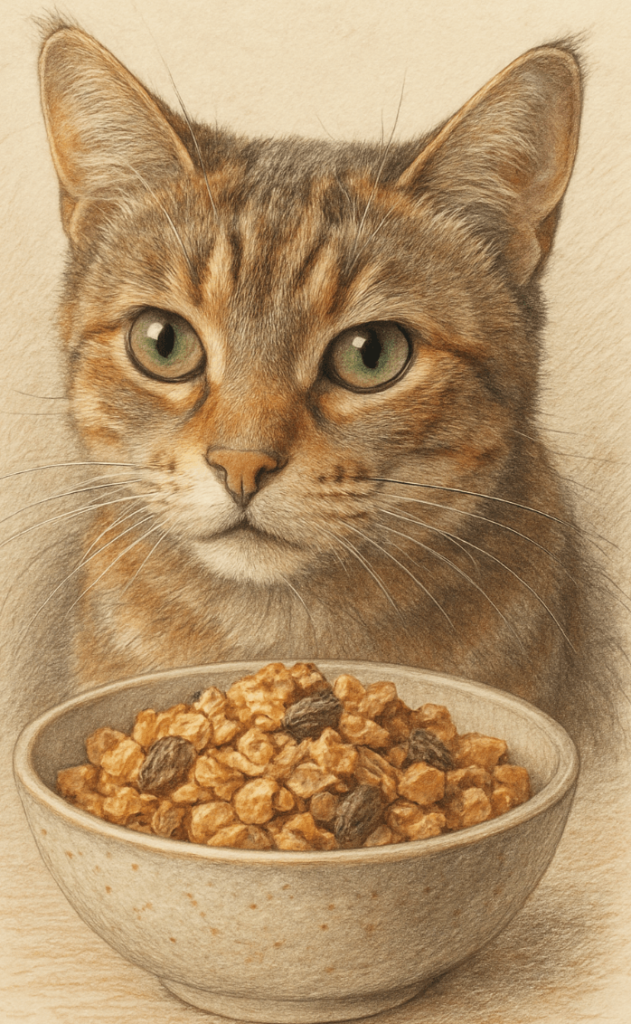
Safe Treats for Cats | Foods to Avoid Giving Cats |
|---|---|
Plain cooked chicken (unseasoned) | Granola with added sugar or nuts |
Small pieces of plain fish | Chocolate or candy |
Steamed green beans | Onions, garlic, or chives |
Cat-safe fruits (e.g., apples) | Grapes or raisins |
High-quality cat treats | Raw dough or yeast-based products |
How to Safely Introduce New Foods to Your Cat
If you’re curious about offering your cat new foods, it’s crucial to do so carefully and responsibly. Follow these guidelines to minimize risks.
Consult Your Veterinarian First:
Always check with your vet before introducing any human food to your cat’s diet.Start with Tiny Portions:
Offer only a small amount of the new food to see how your cat reacts before giving more.Avoid Spices and Seasonings:
Plain, unseasoned foods are safest, as spices and seasonings can irritate your cat’s digestive system.Monitor for Adverse Reactions:
Keep an eye on your cat for signs of allergies, digestive upset, or toxicity after trying a new food.Stick to Protein-Rich Options:
Cats thrive on animal-based proteins, so prioritize foods like plain chicken or turkey over plant-based snacks.
By following these steps, you can safely experiment with new foods without compromising your cat’s health.
Healthier Alternatives to Granola for Cats
Instead of risking your cat’s health with granola, consider these safer and more nutritious alternatives that align with their dietary needs.
Plain Cooked Chicken:
A small piece of plain, boneless, and skinless chicken makes a great protein-rich treat.Steamed Green Beans:
Low in calories and rich in fiber, steamed green beans are a healthy occasional snack.Cat-Safe Fruits:
Apples (without seeds), blueberries, or watermelon (seedless) can be offered in moderation.High-Quality Commercial Treats:
Look for treats specifically formulated for cats, ensuring they meet nutritional standards.Homemade Meat-Based Snacks:
Prepare small portions of lean meats like beef or turkey, cooked without seasoning or oils.
These alternatives provide better nutrition and reduce the risk of adverse reactions compared to granola.
Common Mistakes to Avoid When Feeding Cats Human Food
Feeding cats human food can be tricky, and mistakes can inadvertently harm your pet. Here are some pitfalls to watch out for.
Assuming All Natural Foods Are Safe:
Just because a food is natural doesn’t mean it’s safe for cats; many natural ingredients are toxic to them.Ignoring Portion Sizes:
Even safe foods can cause problems if given in large quantities, leading to obesity or nutrient imbalances.Skipping Veterinary Advice:
Failing to consult your vet before introducing new foods increases the risk of accidental poisoning or illness.Using Spices or Seasonings:
Salt, pepper, garlic, and other seasonings can irritate your cat’s stomach or damage their kidneys.Feeding Processed Snacks:
Chips, crackers, and similar snacks are high in salt and fat, which are unhealthy for cats.
Avoiding these mistakes ensures your cat stays safe and healthy while enjoying occasional treats.
Understanding Your Cat’s Dietary Needs
Cats have specific dietary requirements that differ significantly from humans. Understanding these needs helps you make better feeding decisions.
Obligate Carnivores Require High Protein:
Cats need diets rich in animal-based proteins to support muscle development and overall health.Taurine Is Essential:
Taurine, found in meat, is critical for heart, vision, and reproductive health—if deficient, serious health issues arise.Limited Carbohydrate Tolerance:
Unlike humans, cats don’t process carbohydrates efficiently, making grain-heavy foods like granola unsuitable.Hydration Through Wet Food:
Cats often don’t drink enough water, so wet food helps keep them hydrated and supports urinary tract health.Avoid Overfeeding Treats:
Treats should make up no more than 10% of your cat’s daily caloric intake to maintain a balanced diet.
Meeting these dietary needs ensures your cat thrives and avoids preventable health issues.
Fun Ways to Treat Your Cat Without Granola
There are plenty of creative and safe ways to spoil your cat without resorting to risky human foods like granola. Here are some fun ideas.
DIY Catnip Toys:
Stuff homemade fabric toys with catnip for hours of entertainment and joy.Interactive Puzzle Feeders:
Use puzzle feeders filled with kibble or treats to engage your cat mentally and physically.Freeze-Dried Meat Snacks:
Freeze-dried chicken, duck, or salmon make delicious and convenient treats for your cat.Playtime Rewards:
Reward your cat with extra play sessions using feather wands or laser pointers instead of edible treats.Special Grooming Sessions:
Treat your cat to a gentle brushing session, which they’ll enjoy as much as a tasty snack.
These alternatives allow you to bond with your cat while keeping them entertained and healthy.
Frequently Asked Questions About Cats and Granola
Is granola ever okay for cats in small amounts?
No, even small amounts can pose risks due to sugar, artificial additives, or toxic ingredients like nuts or chocolate.
What should I do if my cat eats granola?
Monitor them closely for symptoms of illness and contact your veterinarian if you notice anything unusual.
What should I do if my cat eats granola?
Kittens should never eat granola, as their developing bodies are even more sensitive to inappropriate foods.
Are there any types of granola that are safer?
Even “healthy” granolas often contain ingredients unsuitable for cats, so it’s best to avoid all varieties.
Why can’t cats digest grains well?
Cats lack the necessary enzymes to break down grains efficiently, which can lead to digestive issues.
Prioritizing Your Cat’s Health When It Comes to Human Foods
While it’s tempting to share our favorite snacks with our furry companions, it’s essential to remember that cats have unique dietary requirements. Granola, despite its popularity among humans, is not a safe or beneficial food for cats due to its high sugar content, potential toxins, and lack of nutritional value. By focusing on cat-safe treats and consulting your veterinarian, you can ensure your pet enjoys a balanced and healthy diet. Remember, your cat relies on you to make the best choices for their well-being—so always prioritize their health above curiosity or convenience.
Can Cats Eat Raw Meat? Best 7 Expert Tips! Discover the benefits, risks, and expert advice on feeding raw meat to cats safely and nutritiously.
Cat Spraying vs. Peeing: Best 7 Expert Tips! Learn to identify the differences, understand causes, and stop unwanted behaviors with proven strategies for a cleaner, stress-free home.
Infected Snake Bite on Cat: Best 7 Expert Tips! Learn how to identify, treat, and prevent snake bites in cats, ensuring their safety and speedy recovery with expert advice.
Cat Yellow Diarrhea: Best 7 Expert Tips! Discover expert advice on causes, symptoms, and solutions for cat yellow diarrhea to keep your feline healthy and happy.

